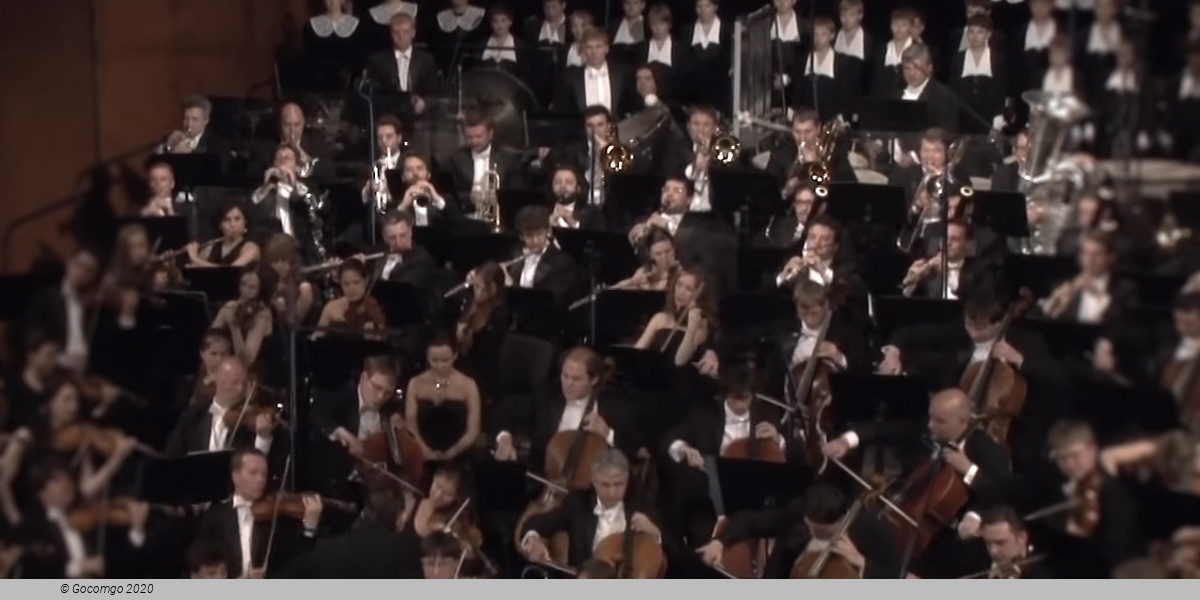Teatro alla Scala Orchestra

19th century Italian music was dominated by a "melodrama pain" as Gian Francesco Malipiero wittily called it. The lack of a chamber and symphonic tradition in Italy delayed the appearance of symphony orchestra and opera conductors.
19th century Italian music was dominated by a "melodrama pain" as Gian Francesco Malipiero wittily called it. The lack of a chamber and symphonic tradition in Italy delayed the appearance of symphony orchestra and opera conductors.
In melodrama, the first violin orchestra leader has existed for a long time, with eminent examples like Alessandro Rolla and his pupil Eugenio. It is only in 1854, with Alberto Mazzuccato, that the first real conductor stands up on a podium with a baton.
Mazzuccato started the glorious dynasty of the Teatro alla Scala conductors, with members like Franco Faccio (champion, against Verdi's will, of a symphonic life of the orchestra), Leopoldo Mugnone, Edoardo Mascheroni and, finally, Arturo Toscanini.
Franco Faccio had the honour to conduct the première of Othello in 1887, Edoardo Mascheroni that of Falstaff in 1893, while Toscanini, after a long battle, transformed the Teatro alla Scala from private theatre to Autonomous Board (1921/22 season).
The orchestra international prestige has been continuously enhanced, thanks to the constant presence of great conductors like Toscanini and Victor de Sabata, Wilhelm Furtwängler and Herbert von Karajan, Guido Cantelli and Leonard Bernstein, Gianandrea Gavazzeni, Carlo Maria Giulini, Carlos Kleiber and Claudio Abbado, Riccardo Muti, Daniel Barenboim and Riccardo Chailly – the international repute of the Orchestra has only grown.
Made out of 135 musicians, the Teatro alla Scala Orchestra, considered one of the world’s best orchestra for opera productions, has reached a prestigious international position also for its symphony activity.
The main characteristic of the Orchestra is its capacity to obtain a uniform and distinguished sound, typical of the Teatro alla Scala style, handed down from generation to generation.
The versatile and soft sound and the fast setting up of the opera timbre balancing are characteristic of the Teatro alla Scala Orchestra.

